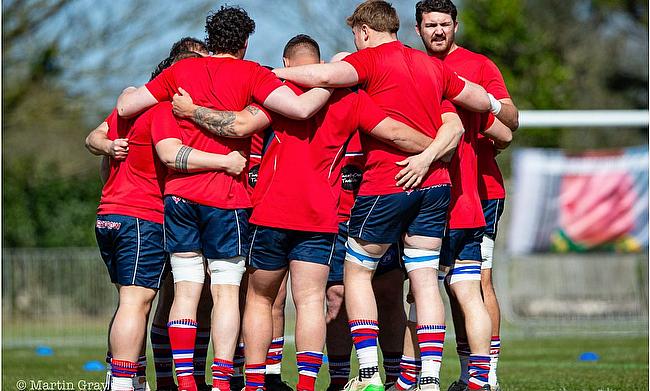
Understanding the Numbers Behind Rugby Union Predictions
Rugby union isn’t just a game of brute force and slick passes, but if we’re totally honest, there is something wonderful about a barnstorming run from a loosehead prop.
Beneath those crunching tackles and rolling mauls lies a whole bunch of team dynamics and data that shapes every pundit prediction and bookmaker’s line.
We’re going to take a look at exactly what informs those forecasts.
Where to Track the Latest Odds
Rugby is a game of fine margins, where weather conditions, forward dominance, and player matchups can change outcomes dramatically (and suddenly!). For fans who enjoy analysing the game from a stats perspective, rugby union betting markets can offer a snapshot of current expectations, reflecting everything from injury reports to recent form.
Odds move fast. A late withdrawal at fullback or a yellow card record can nudge the market. That’s super useful for bettors – but also, it’s insight into how the broader rugby world sees the contest shaping up. Keeping on top of odds is the first step to understanding them.
Match Data
Obviously, a good chunk of rugby union prediction starts with results. But, where many people go wrong is assuming it’s simply a case of “Team A beat Team B last year, so they’ll probably win again.”
When you really get into match data, you find out it stumbles much deeper into factors like territory percentage, line break counts, penalty concessions, tackle completion rates, and really, everything that reveals how a team functions. The scoreboard becomes more of an outcome than a variable.
In the 2023 World Cup quarter finals, New Zealand beat Ireland, but it wasn’t just because of flair and counterattacking brilliance – they had a 93% tackle success rate, disrupted Ireland’s ruck speed consistently, and kicked more effectively under pressure. That kind of properly granular data shows that there was no element of fluke here. That’s the kind of form that’s absolute gold dust for analysts.
Team Dynamics
As much as it can be like poetry watching them, even the best players can’t win a game on their own. But equally, even fifteen of the best players can’t win a game if the combination doesn’t click. It’s the smaller combinations that help the dynamics to run smoothly (or indeed, grind to a halt).
Next time you’re watching a match, make a note of how often the pundits discuss familiarity in selection. The Springboks, for example, have long leaned on tried-and-tested combinations, Pollard and de Klerk, Etzebeth and Mostert. When you know how your teammate will react under pressure, those split-second decisions become seamless. It’s like two police detectives, or ice skating partners working together, instinctively knowing each other’s next move.
However, you’ve also got to take into account squad rotation and injuries. These can both massively disrupt momentum – but they also can’t be avoided. If a newcomer gets in with a top-class player, things might play out a little more conservatively.
Current Form
Form might be the most obvious variable, but it’s also one of the most misunderstood. Form really gives us a window into how teams are playing. Whether they’re steadily growing into a competition, if players are starting to hit their stride, and so on.
Stats can highlight form in a way that speculation can’t. If you find a winger with five tries in three matches, you can bet they’re dangerous. But if you can also combine that with powerful stats around metres carried, defenders beaten, and clean breaks, you can really spot a potential winner. A side that’s scraping by thanks to opposition errors looks very different to one that’s truly dominating.
Momentum plays a huge role, too. England’s 2024 Six Nations campaign showed how fast the tide can turn. They were a team who were written off early on and steadily gained steam through tactical tweaks.
It was clear that there had been a boost in individual confidence throughout the team, and just like that they looked semi-final bound. Predictions can’t ignore that kind of detail. Without the stats, through, it’s really just guessing.

